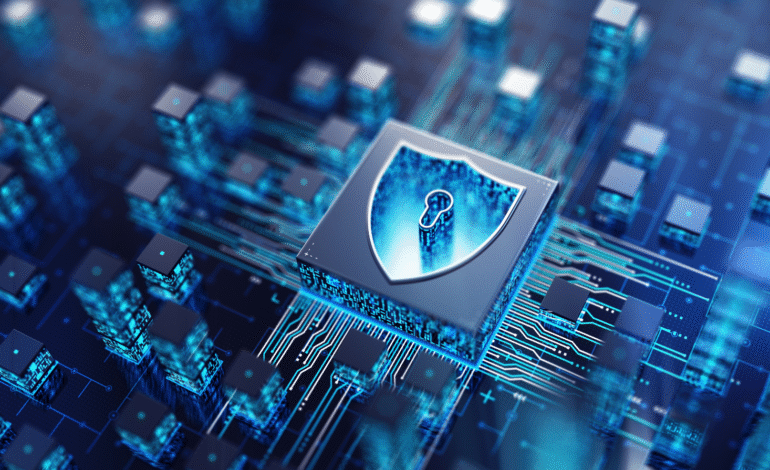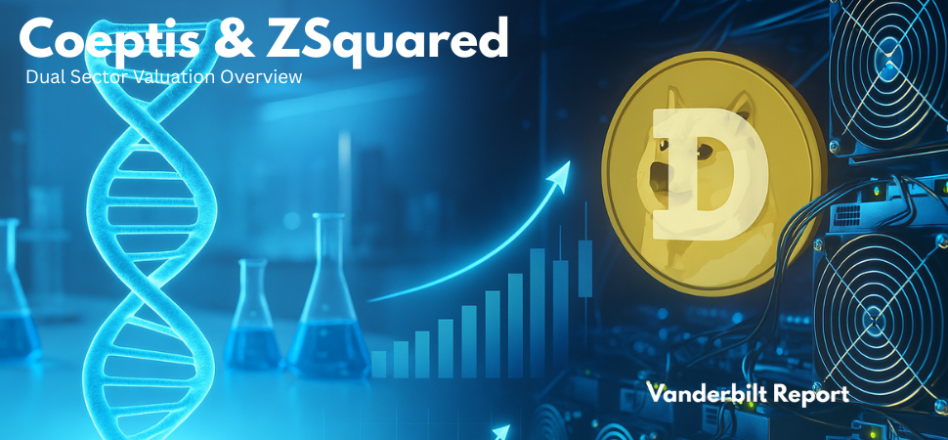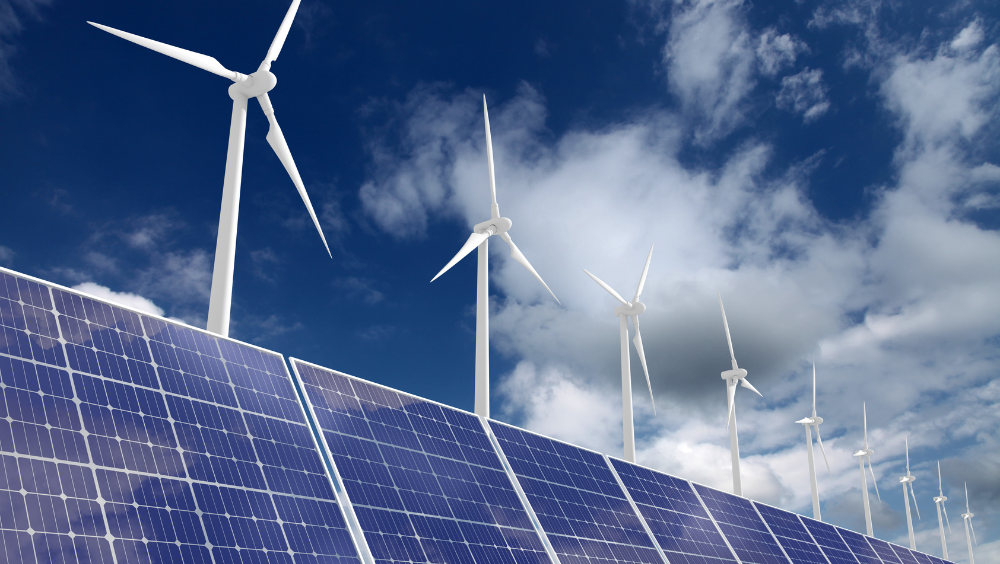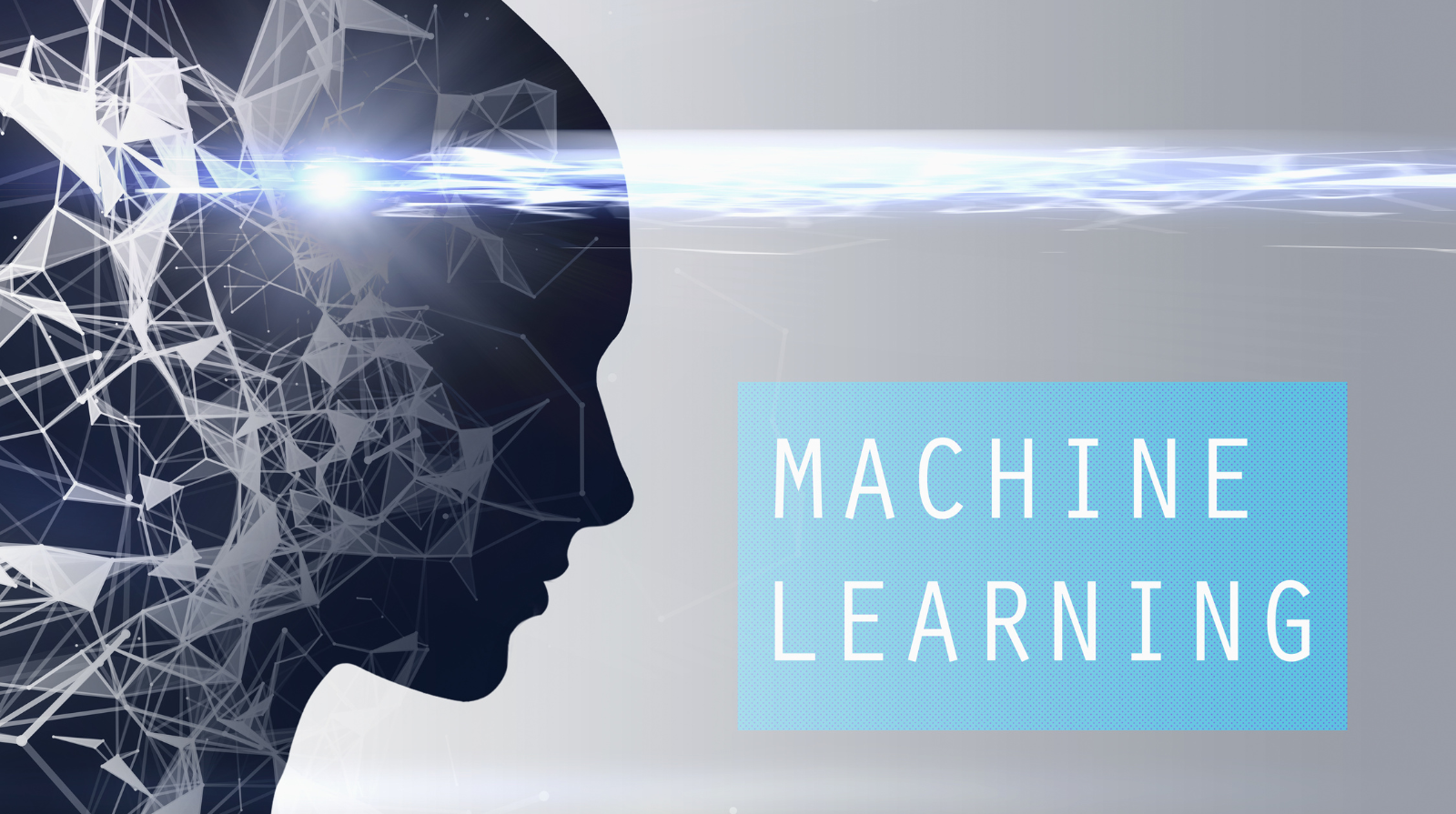Cybersecurity for Distributed Energy Resources: Defending Microgrids

As the energy grid evolves toward a decentralized architecture in 2025, distributed energy resources (DERs) such as solar panels, wind turbines, battery storage, and microgrids play a growing role in power generation. While DERs enhance grid resilience by providing localized energy and islanding capability during outages, their increasing reliance on digital controls and networked operations introduces new cybersecurity risks that must be carefully managed.
Microgrids, which are self-contained energy systems capable of operating independently of the main grid, improve reliability and support critical infrastructure during disruptions. However, the interconnectedness and software-driven nature of DERs and microgrids create a broad attack surface vulnerable to cyber threats ranging from malware and ransomware to data manipulation and disruption of control commands.
Key cybersecurity challenges center on securing communication channels, safeguarding control systems, and preventing unauthorized access across diverse devices administered by multiple operators and vendors. Attackers targeting DERs aim to cause electrical disruptions or unauthorized energy manipulation that can cascade across the broader grid.
Best practices for defending DERs and microgrids include strong identity and access management leveraging multifactor authentication, continuous monitoring with endpoint detection and response (EDR) tools, and segmentation of networks to limit breach impact. Regular patching and vulnerability assessments help close exploitable gaps, while anomaly detection can alert operators to abnormal activities in real time.
Emerging strategies emphasize designing cybersecurity measures early in DER deployment to embed security by design principles rather than retrofitting protections afterward. Collaboration between utilities, DER manufacturers, government agencies, and cybersecurity experts is vital to establish interoperable security standards and threat intelligence sharing frameworks.
In summary, ensuring the cybersecurity of distributed energy resources and microgrids is critical for safeguarding the modern power grid’s reliability, especially as DER penetration increases. A layered, proactive defense posture combining technological controls, best practices, and stakeholder cooperation will help protect these renewable energy assets against an evolving spectrum of cyber threats.








